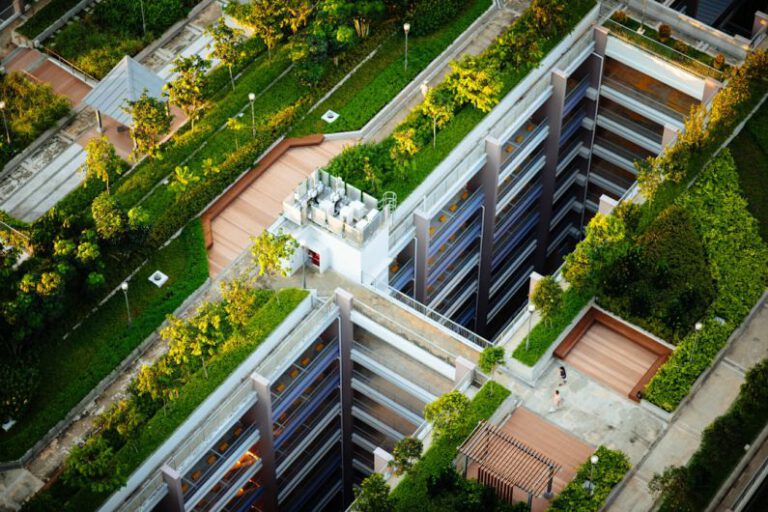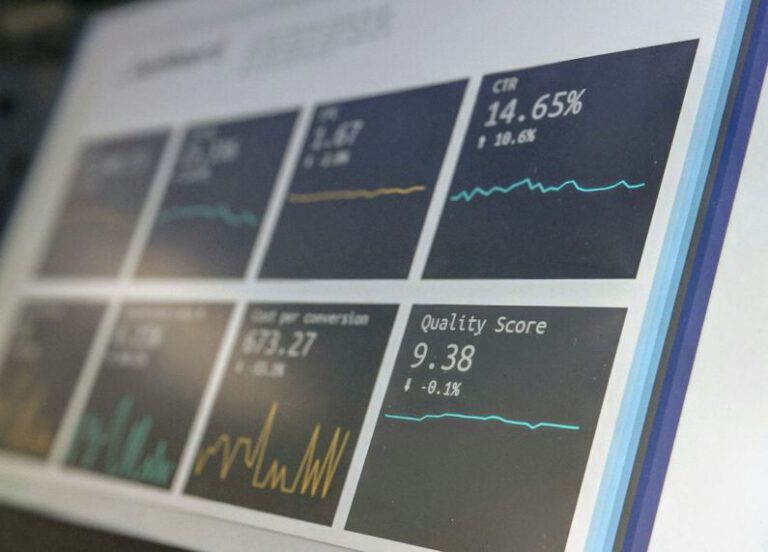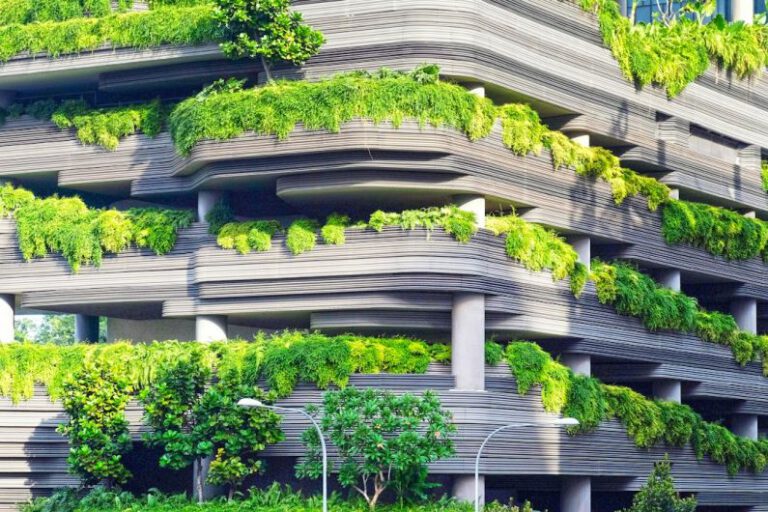What Are the Challenges of Transitioning to Green Construction?
Transitioning to green construction is a pressing challenge faced by the construction industry in the current era of climate change awareness and sustainability initiatives. Green construction, also known as sustainable building, encompasses the design, construction, and operation of buildings in an environmentally responsible and resource-efficient manner. While the benefits of green construction are evident in terms of reduced environmental impact and long-term cost savings, the transition comes with its fair share of challenges that need to be addressed for successful implementation.
Navigating Regulatory Hurdles
One of the primary challenges in transitioning to green construction is navigating the complex web of regulations and standards governing sustainable building practices. Building codes, zoning ordinances, and environmental regulations can vary significantly from one jurisdiction to another, making it difficult for construction companies to ensure compliance with green building requirements. Moreover, the evolving nature of sustainability standards adds another layer of complexity, requiring builders to stay updated on the latest developments in the field.
Cost Considerations
Another significant challenge in transitioning to green construction is the perceived cost barrier associated with sustainable building practices. While green buildings are known for their long-term cost savings through energy efficiency and reduced operational expenses, the upfront costs of implementing green technologies and materials can be prohibitive for some construction projects. Builders and developers often face the dilemma of balancing the initial investment in green construction with the potential long-term benefits, making cost considerations a crucial factor in the decision-making process.
Limited Availability of Green Materials
The availability of environmentally friendly building materials poses a challenge for construction companies looking to adopt green construction practices. While the demand for sustainable materials is on the rise, the supply chain for green building products is still relatively limited compared to traditional construction materials. This scarcity can lead to increased costs, delays in project timelines, and logistical challenges for builders seeking to incorporate green materials into their projects. Additionally, the need for specialized knowledge and skills in working with green materials adds another layer of complexity to the transition to green construction.
Skill Shortages and Training Needs
Transitioning to green construction requires a skilled workforce equipped with the knowledge and expertise to implement sustainable building practices effectively. However, the construction industry is facing a shortage of workers trained in green construction techniques, such as energy-efficient design, renewable energy systems, and green building certifications. This skills gap presents a significant challenge for construction companies looking to adopt green construction practices, as they may struggle to find qualified personnel to support their sustainability initiatives. Addressing the training needs of the workforce and investing in green building education are essential steps in overcoming this challenge.
Overcoming Resistance to Change
Resistance to change within the construction industry can pose a significant obstacle to transitioning to green construction. Traditional construction practices and mindsets may be deeply ingrained in the culture of many companies, making it challenging to shift towards more sustainable building methods. Resistance from stakeholders, including developers, contractors, and subcontractors, may stem from concerns about the unfamiliarity of green technologies, perceived risks, or reluctance to deviate from established practices. Overcoming this resistance requires effective communication, stakeholder engagement, and a proactive approach to change management within the organization.
Conclusion: Embracing the Future of Sustainable Construction
As the construction industry continues to grapple with the challenges of transitioning to green construction, it is crucial for stakeholders to recognize the long-term benefits of sustainable building practices. Embracing green construction not only helps mitigate the environmental impact of construction activities but also offers opportunities for cost savings, energy efficiency, and improved building performance. By addressing regulatory hurdles, cost considerations, material availability, skill shortages, and resistance to change, the construction industry can pave the way for a more sustainable and resilient built environment. Transitioning to green construction is not just a challenge but also an opportunity to shape the future of the construction industry towards a more sustainable and environmentally conscious path.






